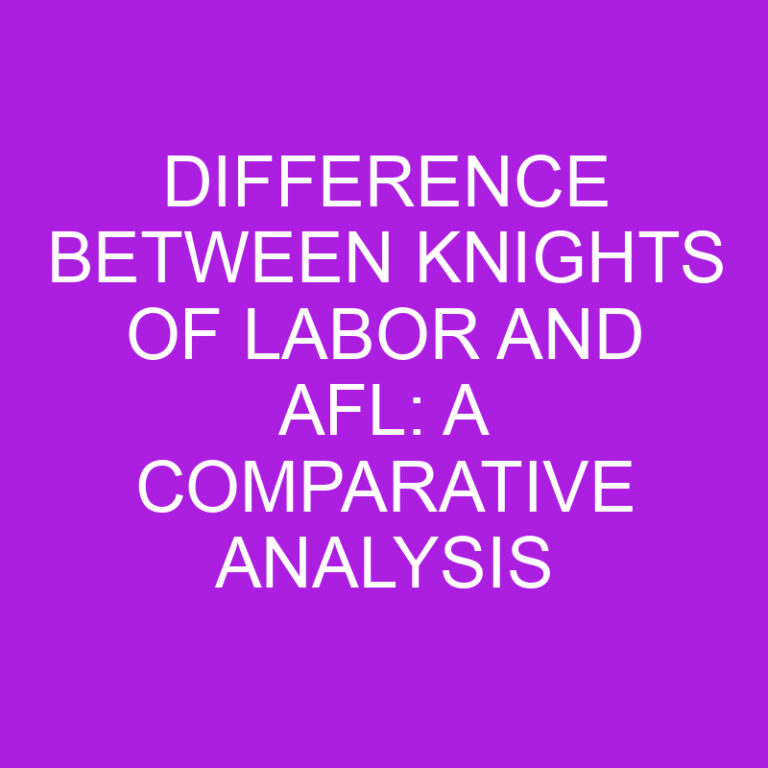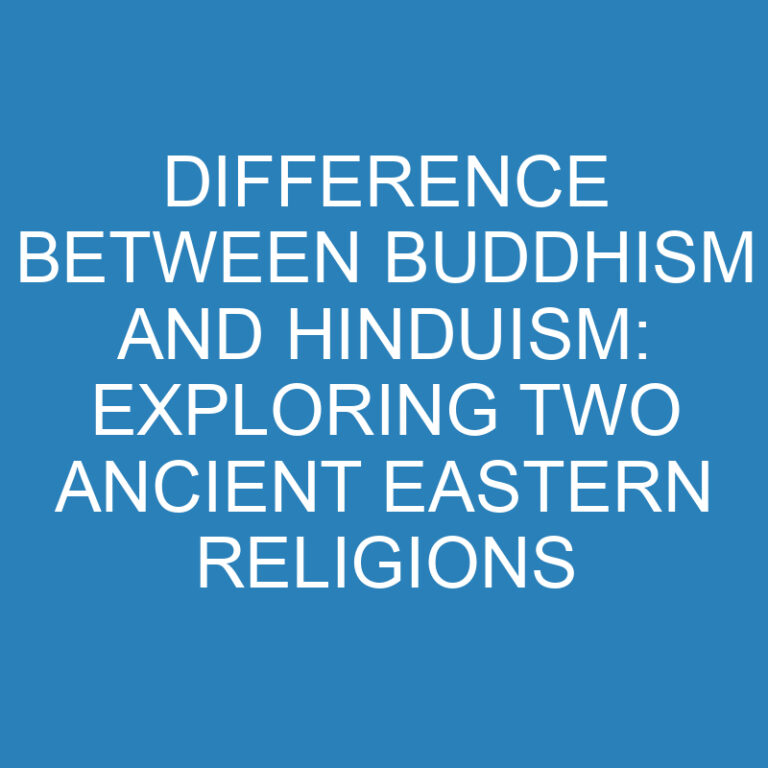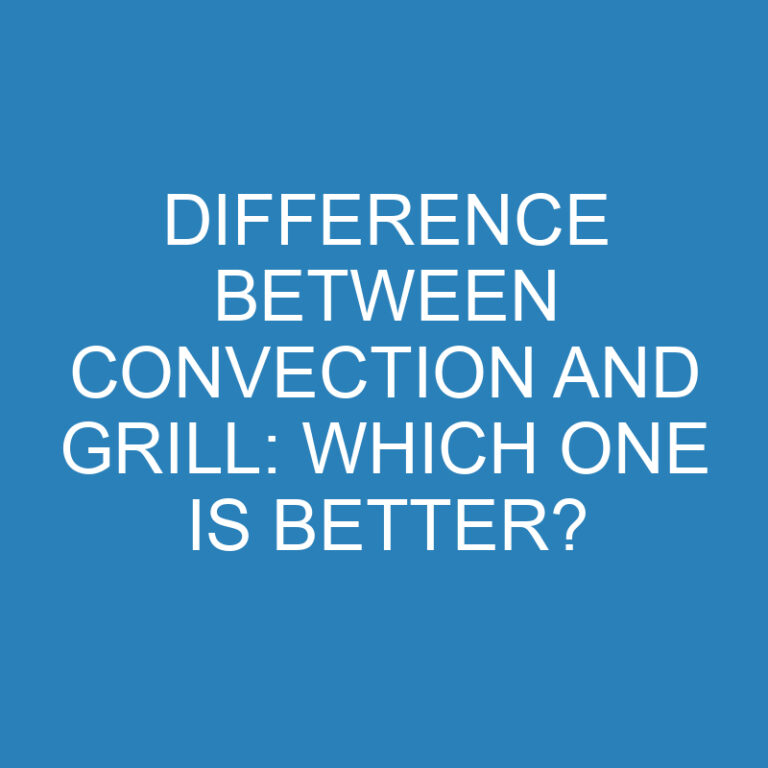
Are you curious about the difference between hipster and indie? It’s a question that often comes up in discussions about subcultures and alternative lifestyles. While there are some similarities between the two, they also have distinct characteristics that set them apart. In this article, I’ll break down the key differences between hipster and indie culture to help you better understand their unique identities.
Firstly, let’s talk about hipsters. The term “hipster” originated in the 1940s but has evolved significantly over time. Hipsters are known for their love of all things vintage, from fashion to music. They embrace a non-conformist attitude and strive to be ahead of mainstream trends. Hipsters often gravitate towards alternative art scenes, independent coffee shops, and obscure cultural references.
On the other hand, we have indie culture. Indie is short for independent and refers to individuals who appreciate independent or underground music, film, fashion, and art. They value authenticity and seek out unique experiences that are not influenced by mainstream commercialism. Indie culture fosters creativity and supports local artists, musicians, and small businesses.
While both hipsters and indies share a rejection of mainstream culture in favor of something more niche or alternative, their aesthetics differ slightly. Hipster fashion tends to lean towards retro styles like high-waisted jeans or vintage band t-shirts. Indies may also embrace vintage clothing but with a more DIY (do-it-yourself) approach – think thrift store finds paired with handmade accessories.
Post Contents
Definition of Hipster and Indie
Let’s delve into the intriguing world of hipsters and indie culture. Both terms are often used interchangeably, but they actually have distinct meanings and characteristics. Understanding the difference between hipster and indie can help us navigate these subcultures with a clearer perspective.
Hipster: A hipster is an individual who embraces trends that are considered unconventional or outside of mainstream culture. They often strive to be unique and set themselves apart from societal norms. Hipsters are known for their eclectic fashion sense, which includes vintage clothing, quirky accessories, and an emphasis on individuality.
They tend to gravitate towards independent music genres such as indie rock, folk, or alternative music. Additionally, hipsters are usually associated with specific interests like art, photography, craft beer brewing, organic food consumption, sustainability, and vintage aesthetics.
Indie: On the other hand, “indie” refers to something that is independent or alternative in nature. In the context of music or film industries, indie typically describes artists who operate outside of major labels or production companies. Indie musicians embrace artistic freedom by producing their own music without corporate influence.
Similarly, when we talk about indie films or literature, we refer to works created independently without support from big studios or publishing houses. The essence of indie lies in its authenticity and non-conformity to mainstream standards.
While there may be some overlap between hipster culture and the indie scene due to shared interests in independent art forms and countercultural attitudes; it’s important to note that not all hipsters are necessarily part of the indie movement.
Fashion and Style Differences
When it comes to fashion and style, both hipsters and indie enthusiasts have distinct aesthetics that set them apart. Here are some key differences between the two:
- Vintage vs. Alternative: Hipsters often embrace a vintage-inspired look, drawing inspiration from various eras such as the 1950s or 1980s. They love thrift store finds, retro patterns, and classic pieces with a modern twist. On the other hand, indie individuals take a more alternative approach to fashion. They tend to mix and match different styles, experimenting with unconventional colors, textures, and patterns.
- Mainstream vs. Unique: While hipsters can be seen sporting trendy items that eventually filter into mainstream fashion, indie fashionistas strive for uniqueness in their personal style choices. They prefer to stand out from the crowd by curating outfits that reflect their individuality rather than following current trends.
- Subtle vs. Bold Accessories: When it comes to accessories, hipsters opt for subtle details that add a touch of quirkiness to their outfits. Think oversized glasses, suspenders, or statement hats with a vintage flair. Indie enthusiasts lean towards bolder accessories like chunky jewelry pieces or handmade items that showcase their creativity.
- Casual vs Eclectic: Hipster style tends to lean towards a more casual vibe with relaxed fits and comfortable clothing choices such as flannel shirts, skinny jeans or high-waisted shorts paired with vintage t-shirts or band merch. Indie fashion embraces an eclectic mix of styles ranging from bohemian and grunge influences to punk elements combined in unexpected ways.
- Brand Consciousness: Hipsters are often associated with being brand conscious but favoring lesser-known brands over mainstream labels – seeking out unique collaborations and limited-edition releases within niche markets is part of their appeal. Indie enthusiasts tend to prioritize supporting local designers or independent brands who align with their values over big-name labels.
It’s important to note that these are generalizations and not every hipster or indie individual will fit into these categories neatly. Fashion is a form of self-expression, and both hipsters and indie enthusiasts embrace their unique styles in different ways, making the fashion landscape excitingly diverse.
Music and Cultural Preferences
When it comes to music and cultural preferences, both hipsters and indie enthusiasts have their distinct tastes. While there may be some overlap between the two, there are key differences that set them apart.
- Music Choices: Hipsters often gravitate towards obscure, alternative genres that are considered offbeat by mainstream standards. They take pride in discovering underground bands before they become popular. On the other hand, indie music lovers appreciate independent artists who produce music outside of major labels. They enjoy a wide range of styles including folk, rock, and electronic.
- Fashion Influence: Hipsters are known for their unique fashion sense that often combines vintage clothing with modern elements. Their style is characterized by skinny jeans, oversized glasses, flannel shirts, and an affinity for thrift stores. Indie enthusiasts value individuality and tend to embrace a more natural and bohemian aesthetic. They opt for organic fabrics, flowing dresses or loose-fitting clothes paired with handmade accessories.
- Cultural Movements: Hipster culture is often associated with being ahead of trends and valuing irony or counterculture movements. They might align themselves with social causes such as environmental activism or support local businesses like artisan coffee shops or vegan eateries. Indie followers also appreciate authenticity but focus more on grassroots movements promoting creativity and self-expression through art, film festivals, independent bookstores, or DIY projects.
4. Music Discovery Platforms: While both hipsters and indie lovers seek out new music beyond the mainstream charts, their preferred platforms for discovery differ slightly.
- Hipsters tend to rely on blogs (Pitchfork), music forums (Reddit), or vinyl record stores where they can interact with fellow enthusiasts.
- Indie fans lean towards curated playlists on streaming services (Spotify) that highlight emerging artists within the indie scene.
5. Live Music Experiences: For many hipsters, attending live music shows is an essential part of their lifestyle. They enjoy intimate venues, underground gigs, and music festivals known for their alternative lineups. Indie enthusiasts also cherish live performances but often seek out smaller, local venues where they can connect with the artists personally.
Understanding these distinctions in music and cultural preferences can help differentiate between hipsters and indie enthusiasts. While both groups appreciate unique artistry and non-mainstream culture, their specific tastes and influences set them apart in their own vibrant subcultures.
Lifestyle and Mindset
When it comes to the difference between hipsters and indie individuals, their lifestyle and mindset play a significant role in setting them apart. Let’s delve into this aspect to gain a better understanding.
- Unique Fashion Choices: Both hipsters and indie individuals are known for their unique fashion sense. However, there are distinct differences in their approach. Hipsters tend to embrace vintage and retro styles, often sporting oversized glasses, flannel shirts, skinny jeans, and quirky accessories. On the other hand, indie individuals lean towards a more eclectic mix of clothing styles that reflect their individuality. They may experiment with bohemian-inspired outfits or incorporate handmade pieces into their wardrobe.
- Artistic Expression: Artistic expression is an integral part of both hipster and indie cultures. Hipsters often gravitate towards mainstream alternative music genres like indie rock or folk music. They appreciate art forms that are considered “underground” or unconventional by mainstream standards. Indie individuals also have a strong inclination towards art but tend to explore lesser-known artists across various mediums such as independent films, experimental music genres, or underground literature.
- Embracing Non-Mainstream Trends: One defining characteristic of both hipsters and indie individuals is their tendency to resist popular trends in favor of niche interests. However, while hipsters may adopt certain trends ironically or as a means of cultural appropriation, indie individuals genuinely seek out non-mainstream movements that align with their values and beliefs.
- Localism vs Globalism: Hipster culture often embraces global influences by appreciating international cuisine, traveling extensively, and taking inspiration from different cultures around the world. Conversely, the indie movement tends to prioritize localism by supporting local businesses, engaging in community initiatives, and promoting sustainability within their immediate surroundings.
- Countercultural Attitude: Both subcultures share a countercultural attitude toward mainstream society but express it differently. Hipsters often embrace irony and detachment, creating a sense of aloofness in their interactions. Indie individuals, on the other hand, tend to focus more on authenticity and genuine connections with like-minded individuals.
In conclusion, while both hipsters and indie individuals share certain characteristics such as an appreciation for art and non-mainstream trends, their lifestyle choices and mindset differ in terms of fashion preferences, artistic expression, outlook towards globalism or localism, and countercultural attitudes. Understanding these distinctions can help us appreciate the unique qualities that each subculture brings to our society.
Conclusion
In this article, I’ve explored the difference between hipster and indie subcultures. Through an in-depth analysis of their origins, fashion styles, music preferences, and attitudes towards mainstream culture, we can see that while there may be some overlapping characteristics, these two subcultures are distinct in their own right.
- Origins: Hipster culture emerged in the early 2000s as a counter-cultural movement characterized by its ironic and non-mainstream sensibilities. It was a reaction to the perceived conformity of mainstream culture. On the other hand, indie culture has its roots in independent or alternative music scenes dating back to the 1980s. It emphasizes artistic expression outside of commercialized norms.
- Fashion Styles: Hipsters often embrace vintage clothing, thrift store finds, and ironic accessories like oversized glasses or suspenders. Their style is deliberately eclectic and unconventional. In contrast, indie fashion tends to favor a more bohemian aesthetic with an emphasis on unique pieces and individuality.
- Music Preferences: Hipsters are known for their love of obscure bands or genres that are not widely recognized by the mainstream audience. They take pride in discovering underground artists before they gain popularity. Indie enthusiasts also appreciate independent musicians but focus more on supporting local or lesser-known acts rather than seeking exclusivity.
- Attitudes Towards Mainstream Culture: Both hipsters and indie individuals reject aspects of mainstream culture; however, their motivations differ slightly. Hipsters may reject certain trends because they have become too popular or commercialized while indies tend to prioritize authenticity over popularity.






